The Masterclass is currently closed for new student enrollment. In the meantime, come join our community or learn for free from our YouTube channel.
Learn Algo Trading in 8 Weeks
The Python For Traders Masterclass
8 Modules | 4 Projects | 100+ Lessons | 250+ Examples | 30+ Videos
Automate Your Trading with Python for More Freedom, Profit, and Fun

Reclaim Your Time
Let the computer trade for you and get unchained from your desk. Write your system once, then monitor it.

Scale Your Systems
Use code to scale past human capabilities. Trade more assets, process data faster, and reach new heights.

Build Your Career
It's no secret that firms want traders who can code in 2024. Learn a new skill to grow and future-proof your career in finance.
WHAT YOU'LL LEARN
Build lasting skills that will take you to the next level in just 8 weeks.
Preview some of our free lessons below:
- 1.1. Welcome to the Python for Traders Masterclass
- 1.2. Why Should Traders Learn to Code?
- 1.3. Why Should Traders Learn Python? (4:23)
- 1.4. What Will I Gain From This Course?
- 1.5. What Topics Will Be Covered?
- 1.6. Who is the Intended Audience for This Course?
- 1.7. How Much Finance Knowledge Do I Need?
- 1.8. How Much Coding Knowledge Do I Need?
- 1.9. Quiz: Is This Course For Me?
- 1.10. Module Summary
- 1.11. Join the Community!
- 2.1. Python Installation and Setup
- 2.2. Running Python Code
- 2.3. Basic Python (26:34)
- 2.4. Intermediate Python (38:47)
- 2.5. Advanced Python (24:27)
- 2.6. Data Science in Python
- 2.7. Key library: Pandas (10:48)
- 2.8. Key library: NumPy (3:22)
- 2.9. Key library: Matplotlib (5:22)
- 2.10. Key library: Statsmodels (15:26)
- 2.11. Key library: Scikit-learn (4:40)
- 2.12. Module Summary
- 3.0. Getting Access to Course Channels
- 3.1. Introduction to Financial Data: Time Series and Cross-Sections (11:07)
- 3.2. Data Acquisition and Cleaning (18:09)
- 3.3. Time Series Analysis (13:38)
- 3.4. Understanding Stationarity (11:55)
- 3.5. Time Series Forecasting
- 3.6. Exploratory Data Analysis
- 3.7. Module Summary
- 4.1. What Are Trading Algorithms?
- 4.2. Algorithm Design Principles
- 4.3. Data Management Module (15:12)
- 4.4. Signal Generation Module (15:12)
- 4.5. Risk Management Module (10:58)
- 4.6. Trade Execution Module (10:27)
- 4.7. Portfolio Management Module (11:05)
- 4.8. Backtesting Basics
- 4.9. Backtesting Software
- 4.10. Understanding and Avoiding Overfitting
- 4.11. Module Summary
- 6.1. Structured vs. Unstructured Data
- 6.2. Types of Fundamental Data (2:03)
- 6.3. Gathering & Cleaning Fundamental Data
- 6.4. Automated Screening & Filtering (11:33)
- 6.5. Factor Analysis of Fundamental Data
- 6.6. Natural Language Processing on News Articles (14:27)
- 6.7. Natural Language Processing on Annual Reports
- 6.8. Using LLMs for Natural Language Processing
- 7.1. Introduction to Options & Derivatives
- 7.2. Basics of Option Pricing
- 7.3. Implementing The Binomial Options Pricing Model in Python
- 7.4. Implementing The Black-Scholes-Merton Model in Python
- 7.5. Monte Carlo Simulation for Option Pricing (4:56)
- 7.6. Pricing Exotic Options with Monte Carlo Simulations
- 7.7. Interest Rate Derivatives and Term Structure
- 7.8. Historical and Implied Volatility
- 7.9. Stochastic Volatility Models
- 7.10. Module Summary
- Project Overview
- Step 1: Define a System and Class Architecture
- Solution: Define a System and Class Architecture
- Step 2: Define the Event Loop
- Solution: Define the Event Loop
- Step 3: Implement the Data Feeds
- Solution: Implement the Data Feeds
- Step 4: Implement the Order Manager
- Solution: Implement the Order Manager
- Step 5: Add Alpha to the Pricing Strategy
- Solution: Add Alpha to the Pricing Strategy
- Project Summary
Build Your CV with Hands-On Projects
Project #1: Backtest a Trading Algorithm
The first project introduces you to the practical aspects of researching, developing, and backtesting a trading algorithm using Python in a real research environment. It will be your first foray into writing and running a comprehensive trading algorithm, encapsulating everything from strategy formulation to performance evaluation.
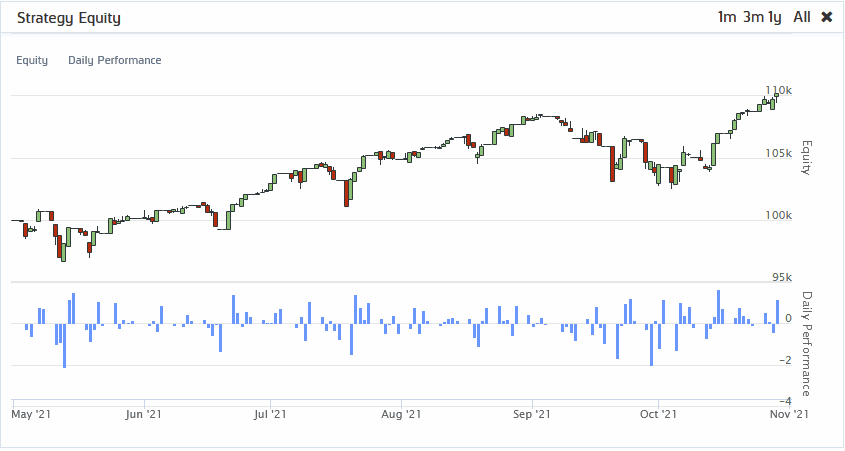
Project #2: Plot a 3D Implied Volatility Surface
Following the module on options and derivatives pricing, you'll learn how to calculate implied volatility across an options market by applying Black-Scholes in Python. Then you'll build an interactive 3D visualization of the volatility surface, a key diagram that shows how market uncertainty changes with different option prices and expiration dates.
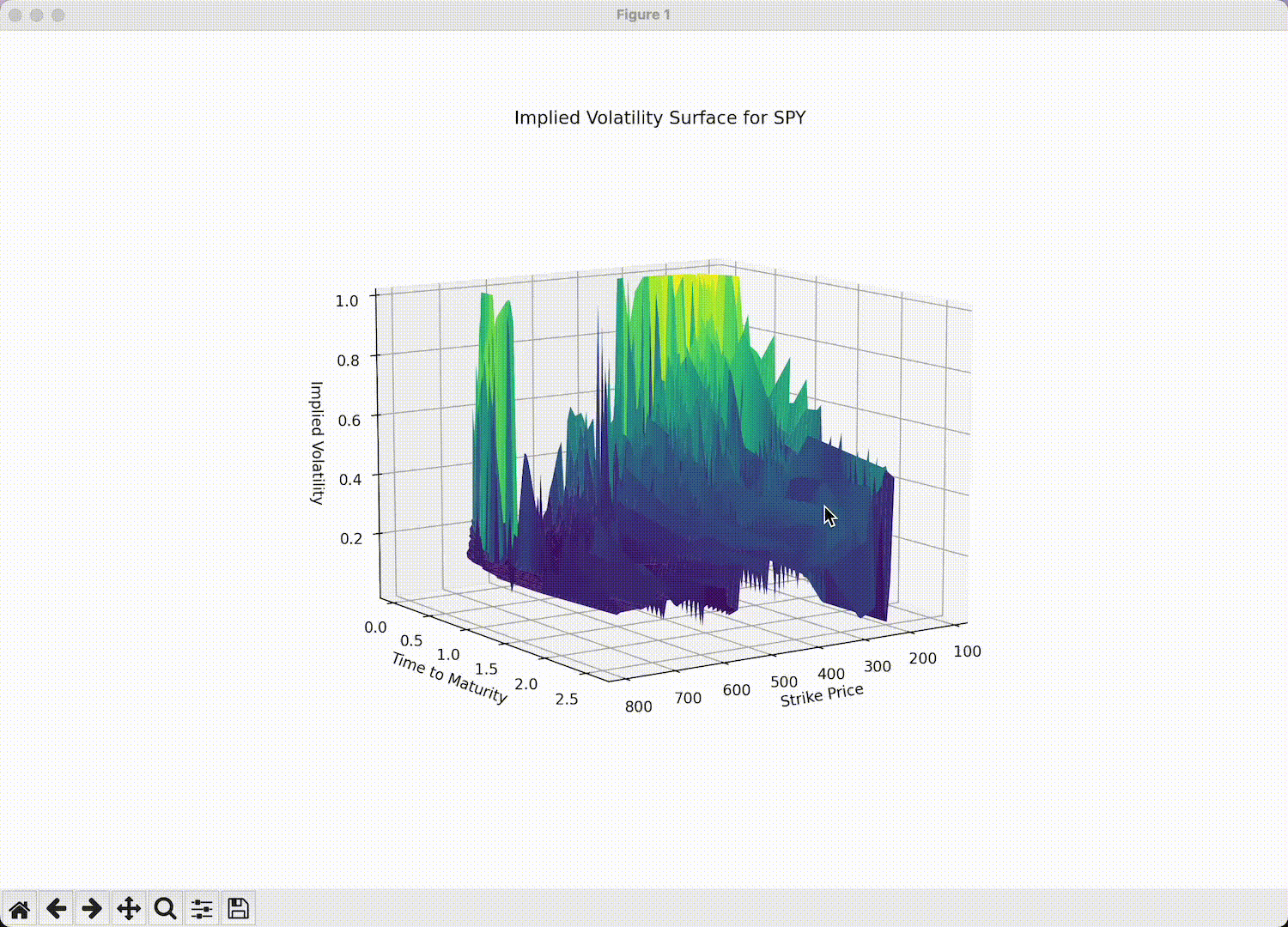
Project #3: Design a Limit Order Book
A Limit Order Book is perhaps the most important data structure in electronic trading, and a ton of effort is put into the design and performance of data structures behind it. In this project, you'll learn step by step how to create your own design, focusing on how orders are arranged and the impact that has on performance of core market operations.
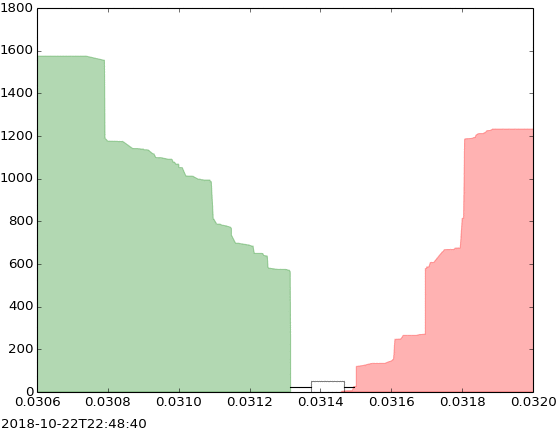
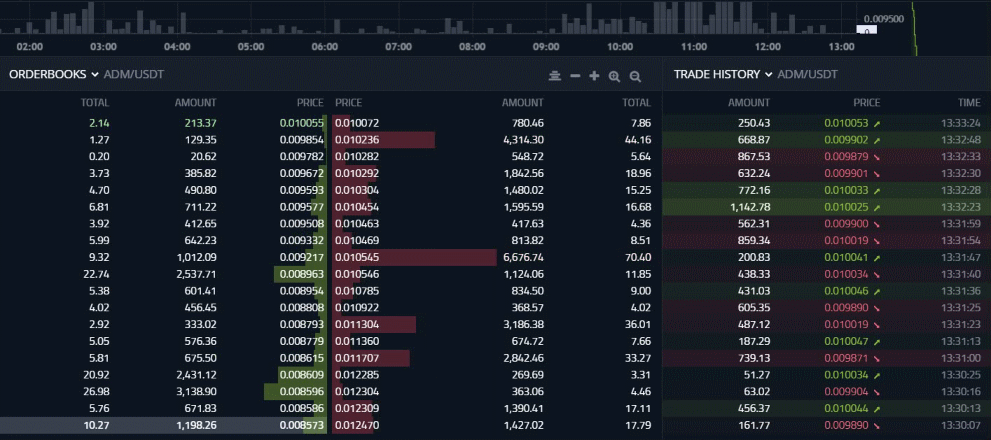
CAPSTONE PROJECT
Build a Market Making Bot
In the capstone project, you'll build a market making bot that can place limit orders that provide liquidity to an exchange. You'll learn about market making in detail, including tactics for capturing the bid-ask spread, managing directional exposure, and responding to changing market conditions. While this bot won't be taking on the NYSE any time soon, building it will be a highly educational, comprehensive, and rewarding challenge that will put everything you've learned in the course to the test.
PLUS, Get Access to the Python for Traders Student Community
Connect with other traders, quants, and engineers on their journey to learn Python.
(P.S. You can get lifetime access to the public Discord channels for free when you sign up)
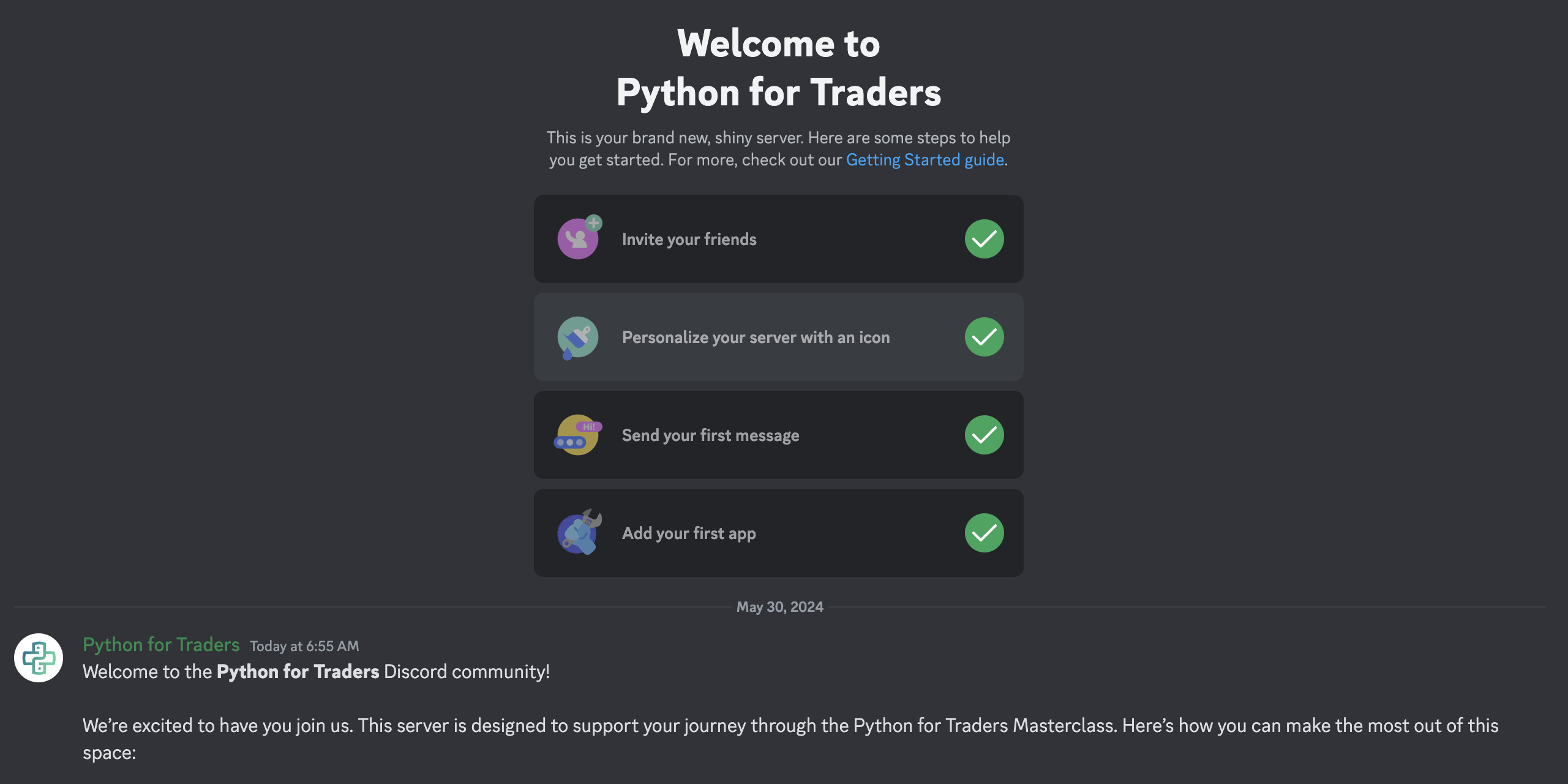
Community Discord
Come chat about markets, trading, tech, careers, etc. There are public channels for all members of the community, and private channels that are only accessible by active members in the Masterclass and other programs.
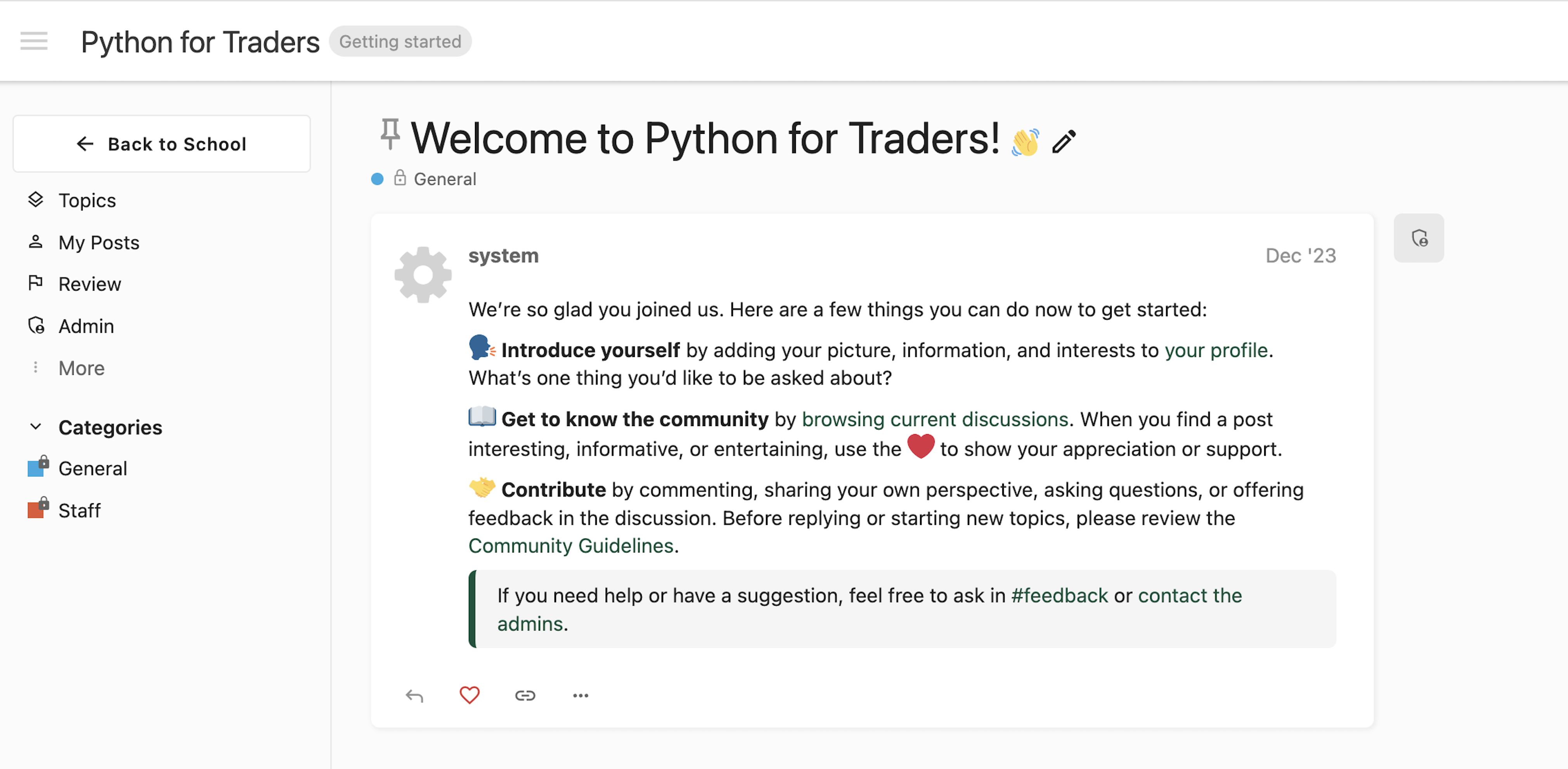
Student Support Forums
Get help from instructors and fellow students in dedicated student support forums. Available only to active students, you can use these to post threads, host discussion topics, and collaborate on course projects with other community members.
FAQs
What prior knowledge do I need before taking this course?
Ideally, you should have a basic understanding of Python programming and a fundamental knowledge of trading concepts. However, beginners in both areas can still benefit, as the course starts with foundational concepts before advancing to more complex topics. For more details, see our free lessons on prerequisites for finance knowledge, coding knowledge, and placement quiz.
Is this course theoretical or practical?
The course is designed to be highly practical. You'll learn through hands-on projects and real-world examples, enabling you to apply Python skills directly to trading scenarios. Each module includes practical exercises to reinforce the concepts taught.
How long is the course, and what is the time commitment?
We estimate there are over 30 hours of content, including the projects, which can vary in terms of time commitments. This includes video lessons, assignments, and additional reading materials. Upon joining, students have access to the first 2 modules immediately, and then new modules unlock each week over an 8-week period. We've found this pace, along with notifications of new content becoming available, benefits student consistency and outcomes.
Do I get a certificate upon completing the course?
Yes, upon successful completion of the course and all assessments, you will receive a certificate that you can add to your professional profile.